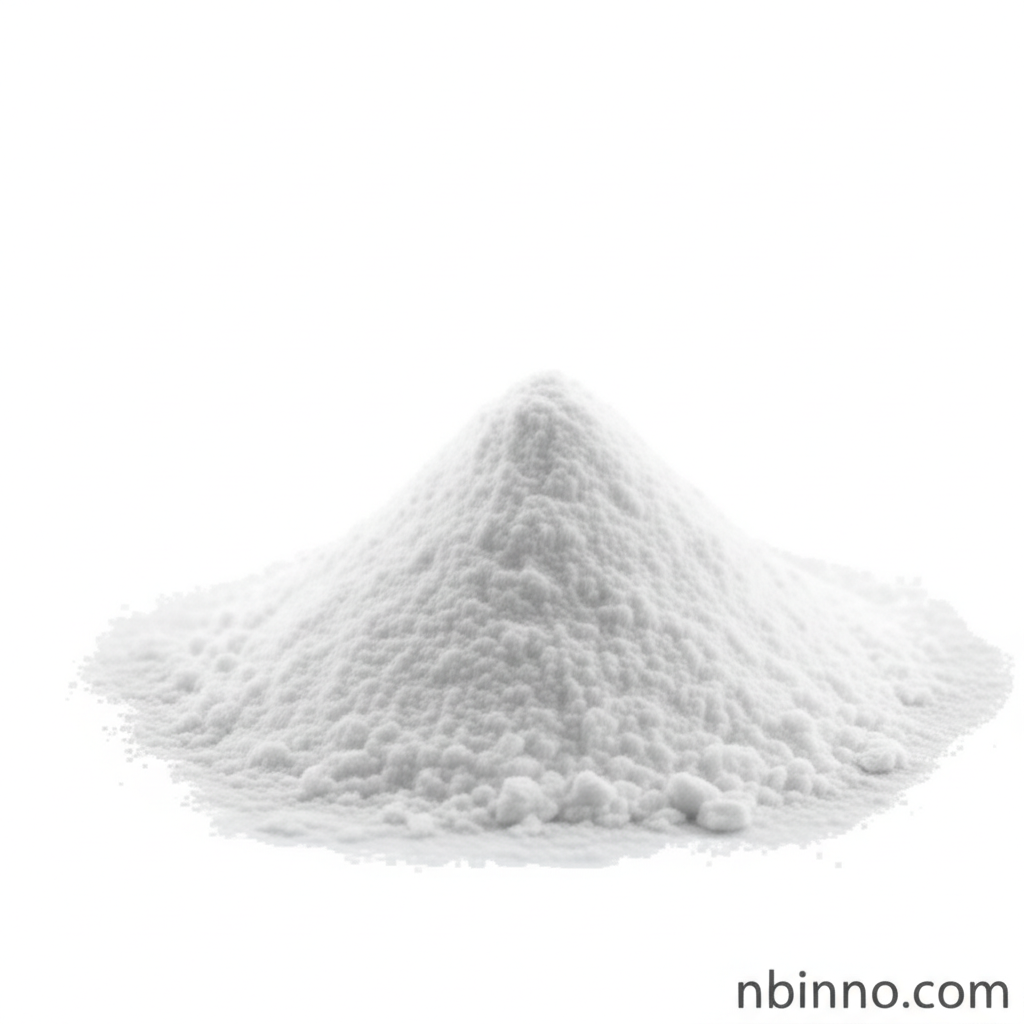Unlock the Power of EDTA: Your Comprehensive Guide to Chelating Agents for Water Treatment and Beyond
Discover the versatile applications and indispensable benefits of Ethylenediaminetetraacetic Acid (EDTA), a leading chelating agent. From stabilizing pharmaceuticals to purifying water and enhancing agricultural yields, EDTA is a cornerstone chemical across diverse industries. Explore its powerful metal-binding capabilities and understand why it's a preferred choice for manufacturers and researchers worldwide.
Get a Quote & SampleProduct Core Value

EDTA
As a trusted supplier in China, we offer high-quality EDTA, a powerful chelating agent vital for numerous industrial processes. Its unique ability to bind metal ions makes it indispensable for applications ranging from water treatment and agriculture to pharmaceuticals and cosmetics. We are committed to providing reliable chemical solutions that enhance product performance and operational efficiency.
- Unlock the benefits of EDTA water treatment chelating agent by effectively removing detrimental metal ions from water systems, ensuring purity and preventing scale formation.
- Understand the benefits of ethylenediaminetetraacetic acid in pharmaceutical formulations, where it enhances drug stability and bioavailability.
- Explore the critical role of EDTA in pharmaceutical industry applications, safeguarding active ingredients and extending product shelf life.
- Learn about agricultural micronutrient fertilizers powered by EDTA, which improves nutrient uptake and promotes robust plant growth for better crop yields.
- Discover the wide-ranging EDTA in industrial cleaning applications, where it boosts the effectiveness of cleaning agents by sequestering interfering metal ions.
Advantages of EDTA
Exceptional Metal Ion Sequestration
Leverage EDTA's unparalleled ability to bind metal ions, crucial for preventing catalytic degradation in pharmaceuticals and ensuring consistent performance in water treatment applications. This property is key to its broad industrial utility.
Enhanced Product Stability and Efficacy
EDTA significantly improves the stability and shelf-life of cosmetic products and pharmaceuticals by neutralizing metal ions that catalyze degradation. This makes it an essential component for maintaining product quality.
Improved Agricultural Nutrient Uptake
In agriculture, EDTA acts as a chelating agent in fertilizers, making essential micronutrients like iron, manganese, and zinc more available to plants. This leads to healthier growth and increased crop yields.
Key Applications
Water Treatment
EDTA is fundamental in water treatment for sequestering heavy metals and preventing scale formation, contributing to cleaner and safer water for industrial and domestic use.
Industrial Cleaning
Its potent chelating action makes EDTA an ideal ingredient in industrial cleaning solutions, effectively removing metal deposits and enhancing overall cleaning performance.
Agriculture
As a component of micronutrient fertilizers, EDTA ensures plants can readily absorb essential trace elements, supporting robust growth and crop productivity.
Pharmaceuticals & Cosmetics
EDTA is used to enhance the stability and extend the shelf-life of pharmaceuticals and cosmetics by binding metal ions that can degrade active ingredients.
